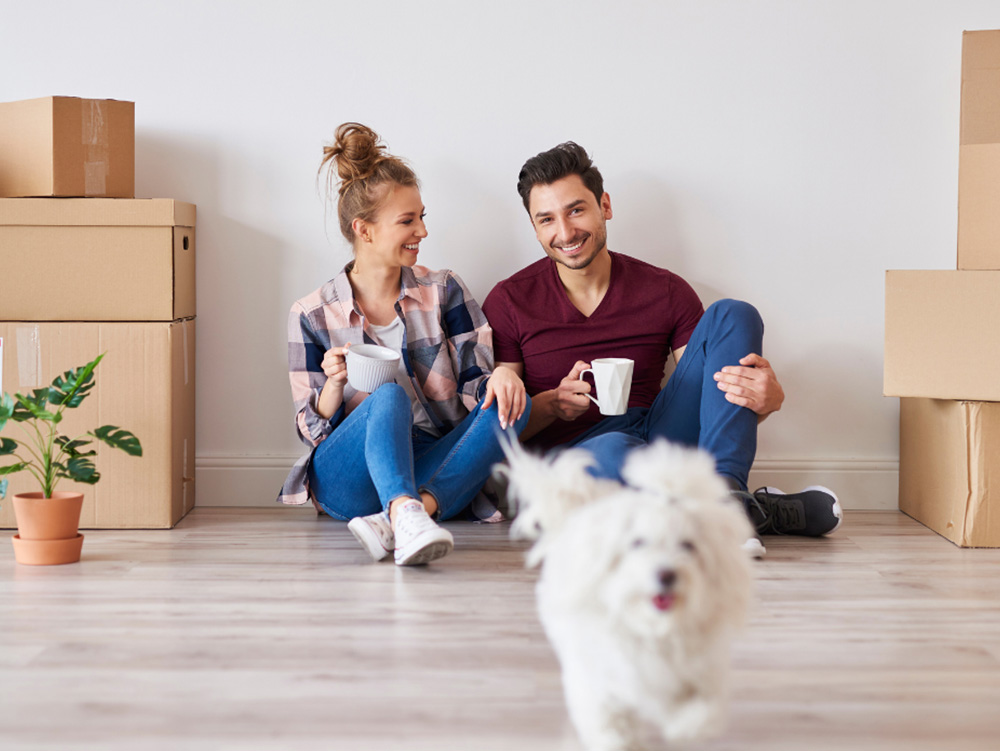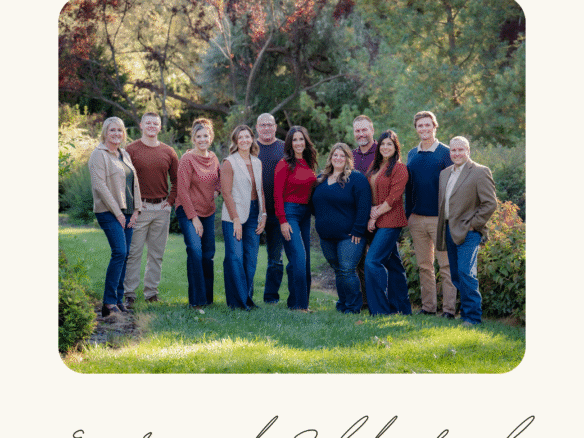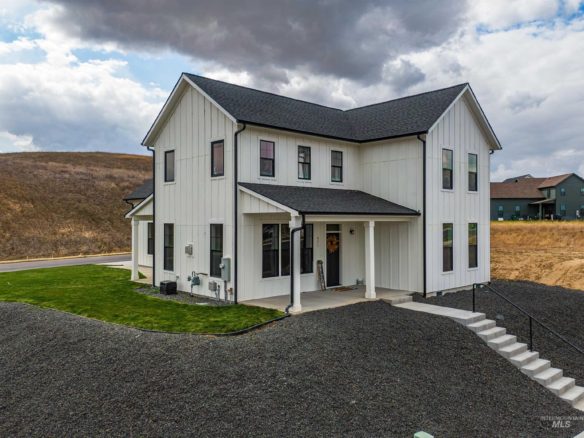Moving is one of the most stressful endeavors you will take on, and your dog thinks so too. Its important to make sure your dog feels safe and loved during the transition. Keep in mind though, it typically takes about 3-4 weeks for a dog or puppy to feel “at home” and start to show their true nature. Cats, on the other hand, take only 2-5 days to adjust.
Before you move
Get your dog familiar with moving supplies
Purchase supplies a couple weeks early and leave it around the house. This way, your dog can become familiar. Play with them around the supplies and reward with lots of treats. For example, place treats in moving boxes as a game.
Prepare!
Whether you’re moving a block down the road or 700 miles away, you will need to make sure your dog is prepared too. Take some time to make a list of travel essentials you may need for your dog such as-
- Travel crate
- Updated microchip and dog tags
- Harness and leash
- Food, treats, toys and water
While packing
Maintain enrichment
Make sure to take your dog outdoors and offer lots of chances for both physical and mental enrichment. Such as hikes, walks, and puppy playdates.
Alone time
Your dog needs alone time just as much as their owners. If your dog has a favorite area of the house, make it the last room you pack. Allow them to be comfortable away from all the chaos. Turn on a fan or any white noise to help your dog feel relaxed. I would recommend giving them a treat-filled toy to keep them busy, like a KONG toy filled w/ pet safe peanut butter.
Keep the home as “normal” as possible
Once your dog starts to realize drastic changes (like missing furniture) it can increase their anxiety and stress. If you can, try to keep all furniture in the house until your dedicated move-in day.
How to help them adjust in the new home
Keep your regular routine
When you make the transition, keep your dog’s regular feeding, walking, and playtime schedule the same. This way, your dog can adjust to the new home much quicker.
New comfortable space just for your dog
Clearing a space for your dog to retreat should be one of the first things you do in your new home. Unpack that dog bed and make your dog feel comfortable. Place blankets, pillows, and toys that smell like your dog, your old home, and you. I would also recommend stopping by a local pet store for some pet-friendly lavender spray. Every time I have moved, I’ve had a dog with me. Having some sort of calming, transitioning spray, helps my dog feel at ease. I’ve found this works best if you use the spray in your old home as well as your new one for a smooth transition.
Don’t get new furniture yet if you don’t have to
It’s very tempting to start decorating and re-designing your new home the minute you get in there. But make sure not get rid of everything just yet. Keep the furniture that your dog has an affinity for and wait a month or two before buying a brand-new living room set. Bringing familiar pieces into a new home also brings the old home smells with it that your dog finds comforting. Once your dog has made the adjustment, nothing is stopping you from getting that brand new, 3-piece living room set. You deserve it!
Wait on visitors
Yes, I know you’re probably excited to show all your family and friends the new house, but your dog isn’t quite there yet. Inviting a lot of people over the first couple months in your new place is a BIG stress-inducer for your dog. Keep visitors at a minimum, preferably the ones your dog knows well. Don’t force your dog to interact with people in the new home either.
Be patient and understanding
As dog parents, we need to understand that it takes time for our dogs to feel comfortable in any and/or all new environments. You may notice a change in behavior for the first week or two. Your dog may follow you around, they may experience separation anxiety, they may not eat or play like normal, or they may act out by barking and/or growling at everything… and I mean EVERYTHING. These are all signs that your dog is under a great deal of stress and should be addressed immediately. If you notice your dog’s behavior has not changed or worsens, hire a trusted, local, certified dog trainer.
Don’t be afraid to comfort your dog when they’re showing uncertainty. The biggest thing to remember is to comfort, and NOT coddle. You’re never going to be able to completely alleviate your dogs stress, but you can do everything in your power to make it easier. As a dog owner, its our duty to provide nothing but love, trust, and safety.




